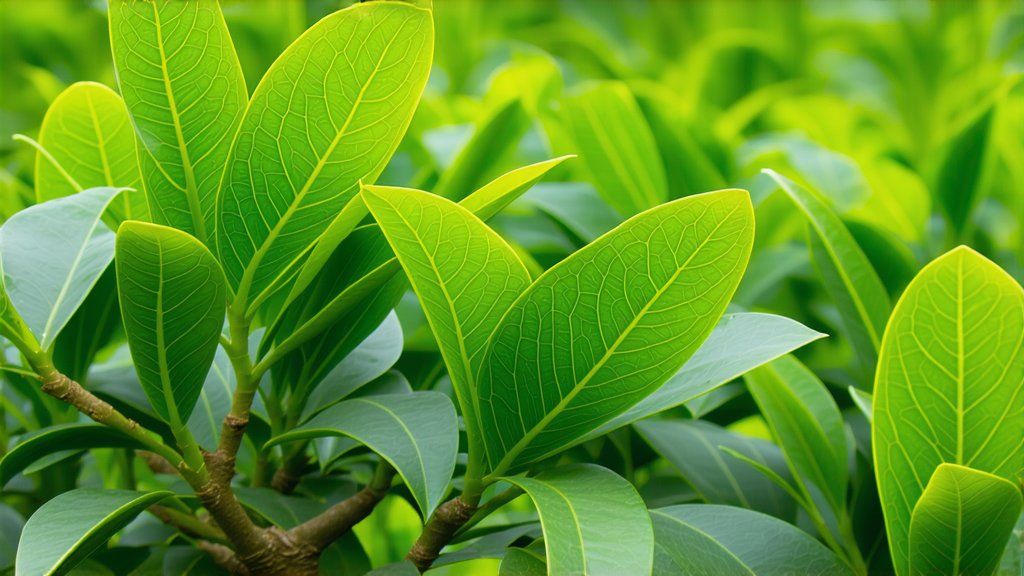
In the vast and diverse landscape of Chinese tea culture, there exists a category that is often overshadowed by its more popular counterparts yet holds a unique charm and depth – the Huangcha or yellow tea. Among the myriad varieties within this category, one stands out for its distinctive flavor profile, intricate processing method, and rich history: Junshan Yinzhen. This article aims to unravel the mysteries surrounding Junshan Yinzhen, shedding light on its origins, types, production process, and the art of its appreciation.
Historical Background
Junshan Yinzhen, also known as Junshan Silver Needle, hails from Junshan Island, located in Hunan Province, China. The island's name translates to "Military Mountain," a nod to its strategic significance throughout Chinese history. However, it is not just a historical stronghold but also a cradle of tea culture, with records dating back over a millennium. The cultivation of tea on Junshan Island can be traced to the Tang Dynasty (618-907 AD), making it one of the earliest documented tea-producing regions in China. Over centuries, Junshan Yinzhen has evolved, adapting to changes in climate, technology, and consumer preferences while preserving its essence.
Varieties and Classification
Junshan Yinzhen primarily falls under the category of Huangcha, which translates to "yellow tea." Unlike green or black teas, which undergo extensive oxidation or are quickly fixed after picking to retain their green color, Huangcha undergoes a controlled oxidation process that gives it a unique yellowish hue and a mellow flavor. Within Huangcha, Junshan Yinzhen is considered a premium variety due to its specific growing conditions and meticulous processing techniques. It is often categorized based on the season of harvest, with early spring (pre-Qingming) being the most prized for its delicate taste and aroma.
The Art of Processing
The journey from leaf to cup for Junshan Yinzhen is a testament to the skill and patience of Chinese tea artisans. The process begins with the careful selection of young tea buds and leaves, typically plucked in early spring when they are at their tenderest. These are then spread out thinly on bamboo mats to undergo a slow drying process under the sun or in shaded areas to prevent direct sunlight exposure. This step allows for a natural enzymatic reaction that initiates a mild oxidation, turning the leaves yellow.
Following this initial stage, the leaves are lightly pan-fried or steamed to halt further oxidation and fix the desired flavor profile. This is a delicate balance, as too much heat can destroy the nuanced flavors, while too little may result in incomplete oxidation. Afterward, the leaves are shaped and dried again, sometimes through multiple rounds of drying and rolling, until they reach the perfect moisture content and texture.
Appreciating Junshan Yinzhen
Tasting Junshan Yinzhen is an experience akin to savoring a piece of history. To fully appreciate its subtleties, start by observing the dry leaves, which should exhibit a consistent yellow-green color with silver tips, reminiscent of their namesake. As you brew them, note the gradual unfurling of the leaves, releasing a fragrant aroma that hints at honey, chestnuts, and a whisper of orchid.
The ideal water temperature for brewing Junshan Yinzhen is between 75-80°C (167-176°F). Use about 3 grams of tea per 150ml of water and allow the first infusion to steep for approximately 2-3 minutes. Subsequent infusions can be longer, coaxing out different flavor notes from the same leaves. Each sip reveals a symphony of flavors – a gentle sweetness intertwined with vegetal undertones, a silky texture, and a lingering aftertaste that invites contemplation.
To enhance the sensory experience, serve Junshan Yinzhen in traditional Yixing clay teapots or clear glass vessels that allow admirers to witness the elegance of the leaves dancing in the water. Pairing it with light snacks like mooncakes or delicate pastries can elevate the tasting session, adding another layer of enjoyment.
Conclusion
Junshan Yinzhen is more than just a tea; it embodies the spirit of Chinese tea culture – a harmonious blend of nature, artistry, and tradition. Its journey from the misty mountains of Hunan to tea cups worldwide is a testament to the enduring allure of Chinese tea and its capacity to transcend borders and cultures. For those seeking a tranquil moment of reflection or an adventure into the depths of tea, Junshan Yinzhen offers a gateway to a world where every sip tells a story.
Through this exploration of Junshan Yinzhen, we gain insight into not only a remarkable tea but also the broader tapestry of Chinese tea culture, where each thread contributes to a vibrant and ever-evolving narrative.